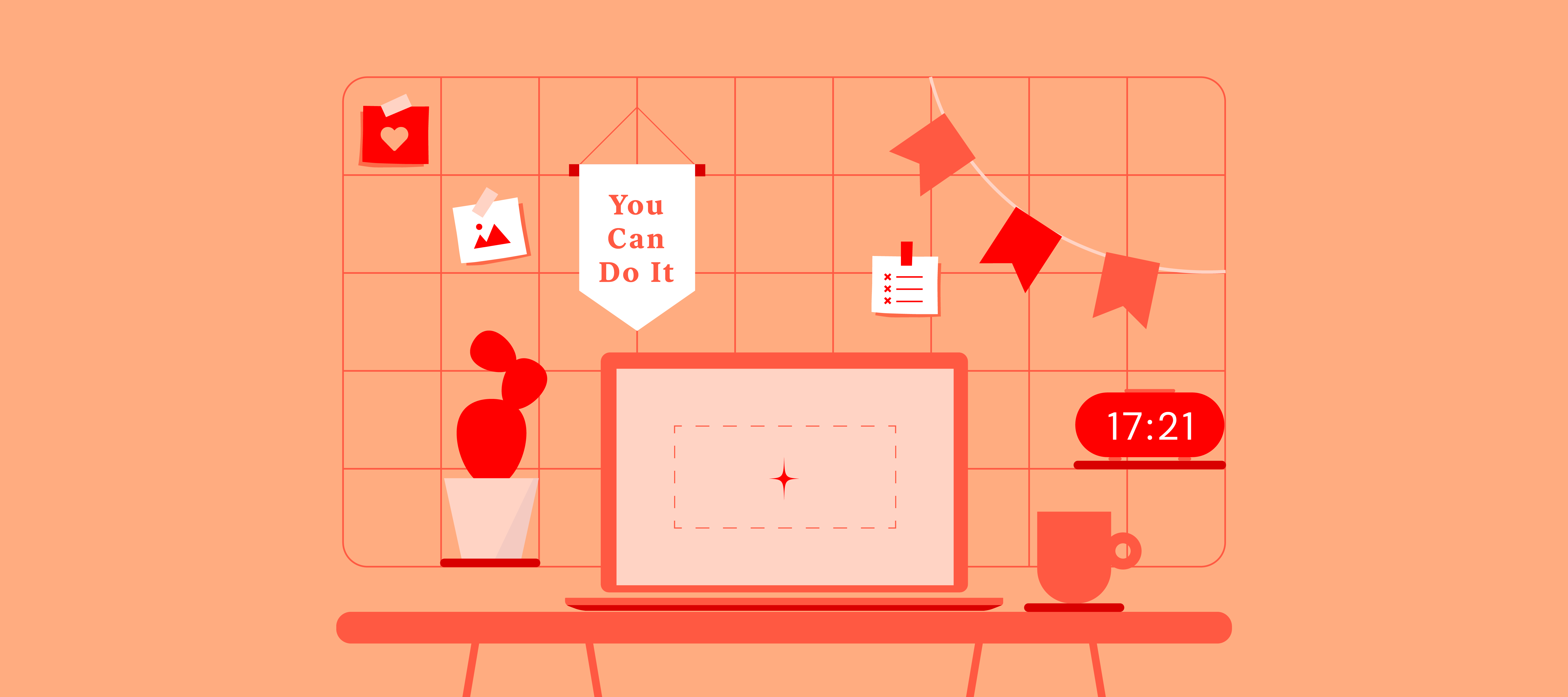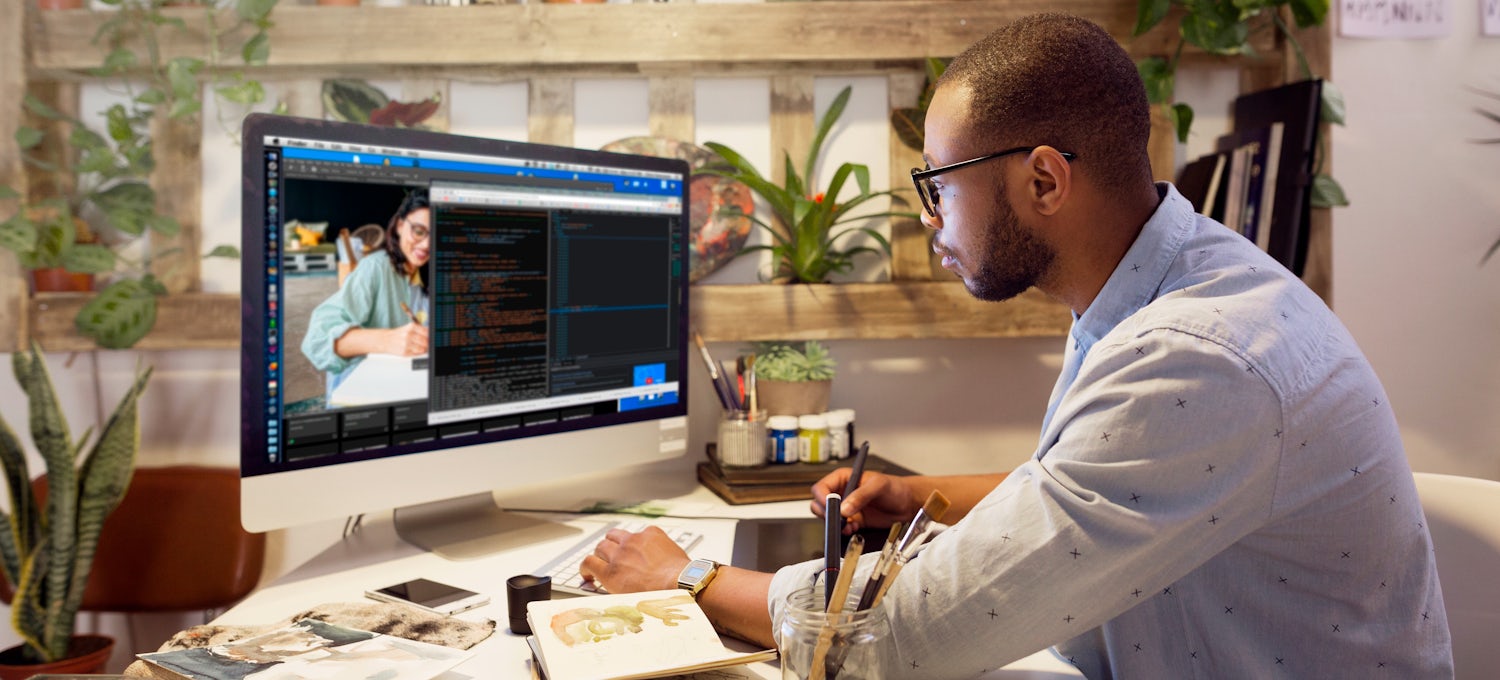Aligned Position Web Design: Creating Custom Websites That Drive Traffic and Increase Conversions
Aligned Position Web Design: Creating Custom Websites That Drive Traffic and Increase Conversions
Blog Article
The Most Effective Kinds of Web Style to Boost Individual Experience and Engagement
In the ever-evolving landscape of electronic interaction, the performance of Web layout significantly influences user experience and engagement. Different layout methods, such as minimalist, receptive, and interactive designs, each deal one-of-a-kind benefits that can provide to varied customer needs.
Minimal Web Style
As electronic landscapes come to be increasingly chaotic, minimal Web design has emerged as a powerful method to improving individual experience. This style approach focuses on simplicity, concentrating on necessary components while eliminating unnecessary diversions. By using enough white room, uncomplicated navigating, and a minimal color palette, minimal style fosters clarity and guides user focus to vital web content.
The core principle of minimalist website design is to produce a seamless communication for individuals. By lowering cognitive tons, users can quickly comprehend info without feeling overwhelmed. This straight approach not only improves use however likewise urges involvement, as visitors are most likely to check out a website that is very easy and aesthetically appealing to browse.
Additionally, minimal layout often highlights typography and images, utilizing these components tactically to share messages efficiently. In significance, minimalist Web style is not simply a fad; it is a thoughtful methodology that identifies the significance of user-centered style.
Receptive Website Design
In today's diverse digital environment, responsive website design has become crucial for creating a smooth customer experience throughout a wide range of devices. As users access web sites on smart devices, tablets, laptops, and desktop computers, the capacity of a site to adjust its layout and material to different screen dimensions and resolutions is crucial.
Receptive website design utilizes flexible grids, photos, and CSS media inquiries to make sure that Web material exists efficiently, despite the device used. This strategy not just improves the visual allure of an internet site however also considerably boosts functionality. Users are more most likely to involve with a site that uses a consistent experience, as it removes the aggravation of having to zoom in or scroll exceedingly.
By taking on responsive design, businesses can boost their presence and get to a broader audience. In summary, receptive Web design is an essential method that boosts user experience, engagement, and general contentment.
Interactive Web Layout
Receptive website design prepares for enhancing user experience, but interactive Web style takes this an action additionally by involving customers in a much more dynamic means - Aligned Position Web Design. By incorporating components such as animations, clickable prototypes, and real-time comments, interactive website design astounds customers, attracting them right into a richer surfing experience
This strategy not just cultivates engagement yet additionally urges customers to check out material proactively instead of passively eating it. Strategies such as gamification, where individuals earn rewards for finishing jobs, can significantly boost the moment spent on a website and enhance overall fulfillment. Interactive functions can simplify intricate details, making it more pleasurable and absorbable.

Integrating interactive layout components can additionally cause higher conversion rates, as customers are more probable to engage with a website that proactively includes them. Aligned Position Web Design. Ultimately, interactive Web style changes individual experiences into memorable trips, making sure that visitors return time after time
Apartment Layout
Characterized by its minimalistic method, level layout highlights simpleness and functionality, stripping away unnecessary aspects and concentrating on vital attributes. This design viewpoint prioritizes functionality, making certain that individuals can browse user interfaces easily and performance. By employing a clean aesthetic, level style removes the mess usually found in much more elaborate designs, thus enhancing user concentrate on material and performance.
The characteristic of level style lies in its use strong colors, simple typography, and geometric forms. These components add to an aesthetically attractive user interface that is both friendly and modern-day. In addition, level design promotes a sense of clarity, permitting customers to determine vital actions and information without interruption.
Furthermore, flat layout is specifically efficient in receptive Web design, as its simpleness converts well throughout various gadgets and screen sizes. By concentrating on essential features, flat style not just fulfills user needs however additionally urges seamless interaction, making it a crucial part of reliable Web design techniques.
Adaptive Web Layout
Adaptive Web style customizes the individual experience by producing numerous repaired designs tailored to different screen sizes and gadgets. Unlike responsive style, which fluidly readjusts a solitary format, flexible style utilizes unique designs for particular breakpoints, making certain optimum presentation on different platforms. This method enables designers to focus on the distinct attributes of each tool, boosting use by supplying exactly what customers need based on their context.
One of the primary benefits of flexible website design is its ability to optimize load times and efficiency. By serving tailored content and pictures that fit the user's tool, web sites can decrease information usage and improve loading rates. This is specifically beneficial for users with slower connections or minimal data plans.

In addition, flexible design promotes an extra constant and controlled branding experience. Because designers produce several designs, they can guarantee that the visual components straighten with the brand's identity across different systems - Aligned Position Web Design. This leads to a cohesive user experience, boosting great site involvement and advertising individual retention
Conclusion
In conclusion, the assimilation of minimal, responsive, and interactive Web style principles significantly boosts individual experience and engagement. Minimalist layout promotes clarity and emphasis, while responsive layout makes certain flexibility across additional resources various gadgets, promoting access. Interactive style captivates customers with vibrant aspects, urging exploration and customization. Collectively, these design comes close to add to the production of easy to use settings that not only enhance contentment but additionally drive higher conversion rates, emphasizing their vital significance in modern Web style approaches.

Minimal design fosters clearness and focus, while receptive style makes certain versatility throughout numerous tools, promoting ease of access. Jointly, these style comes close to click here for info contribute to the development of easy to use atmospheres that not just enhance satisfaction but additionally drive greater conversion prices, emphasizing their critical significance in contemporary Web layout approaches.
Report this page